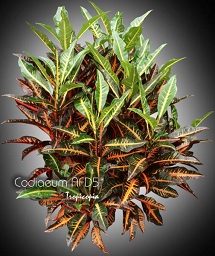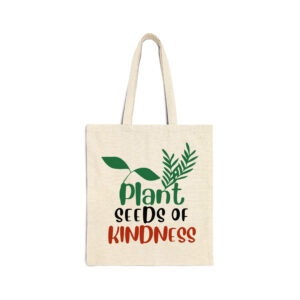Table of contents
Croton

Latin Name: Codiaeum AFD5
Category: Foliage plant
Family: Euphorbiaceae
Origin: Cultivar
Climate: Tropical
Growing Zones: 11-10
Care Instructions
The Croton (Codiaeum AFD5) is a tropical plant that originates from Cultivar. This foliage plant plant belongs to the Euphorbiaceae family and is well-suited for growing in USDA zones 11-10.
Complete Care Guide for Croton (Codiaeum AFD5)
Watering Requirements
The Croton, known for its vibrant foliage, requires a careful approach to watering. It thrives in consistently moist soil, but it is crucial to avoid overwatering, which can lead to root rot. Water the plant when the top inch of soil feels dry to the touch. During the growing season (spring and summer), you may need to water more frequently, approximately once a week, while in the dormant season (fall and winter), reduce watering to every two weeks. Always ensure that the pot has drainage holes to allow excess water to escape, and consider using distilled or rainwater, as Crotons can be sensitive to chemicals found in tap water.
Light Conditions
Crotons flourish in bright, indirect light, which enhances their colorful leaves. Ideally, place your Croton near a window that receives filtered sunlight. Direct sunlight can scorch the leaves, leading to unsightly brown patches. If the light is too low, the plant may become leggy and lose its vibrant coloration. For optimal growth, aim for at least 6 hours of bright light daily. If you notice the leaves losing their color or dropping, it may be a sign that the plant is not receiving enough light.
Soil Preferences
The ideal soil for Croton is a well-draining potting mix that retains some moisture without becoming soggy. A mixture of peat moss, perlite, and potting soil works well. This combination allows for good aeration and drainage, which is essential for the health of the roots. Additionally, consider adding a slow-release fertilizer during the growing season to provide essential nutrients. Fertilizing every 4-6 weeks with a balanced liquid fertilizer can promote vibrant growth and enhance leaf coloration. Be cautious not to over-fertilize, as this can lead to salt buildup in the soil.
Pests and Diseases
Crotons can be susceptible to a variety of pests, including spider mites, aphids, and mealybugs. Regularly inspect the undersides of leaves and stems for signs of infestation. If you notice any pests, treat them promptly with insecticidal soap or neem oil. Additionally, Crotons can suffer from fungal diseases if overwatered or if humidity levels are too high. Signs of fungal issues include yellowing leaves and a powdery substance on the foliage. To prevent these problems, ensure proper air circulation around the plant and avoid wetting the leaves when watering.
Special Care Tips
To keep your Croton healthy and thriving, consider the following special care tips: First, maintain a consistent temperature between 60°F and 85°F (15°C to 29°C), as Crotons are sensitive to cold drafts and sudden temperature changes. Secondly, increase humidity levels around the plant, especially during dry winter months, by misting the leaves or placing a humidifier nearby. Crotons also benefit from occasional leaf cleaning; gently wipe the leaves with a damp cloth to remove dust and enhance their ability to photosynthesize. Lastly, be patient with your Croton; it may take time to acclimate to new environments, and its growth may slow down during the winter months.








